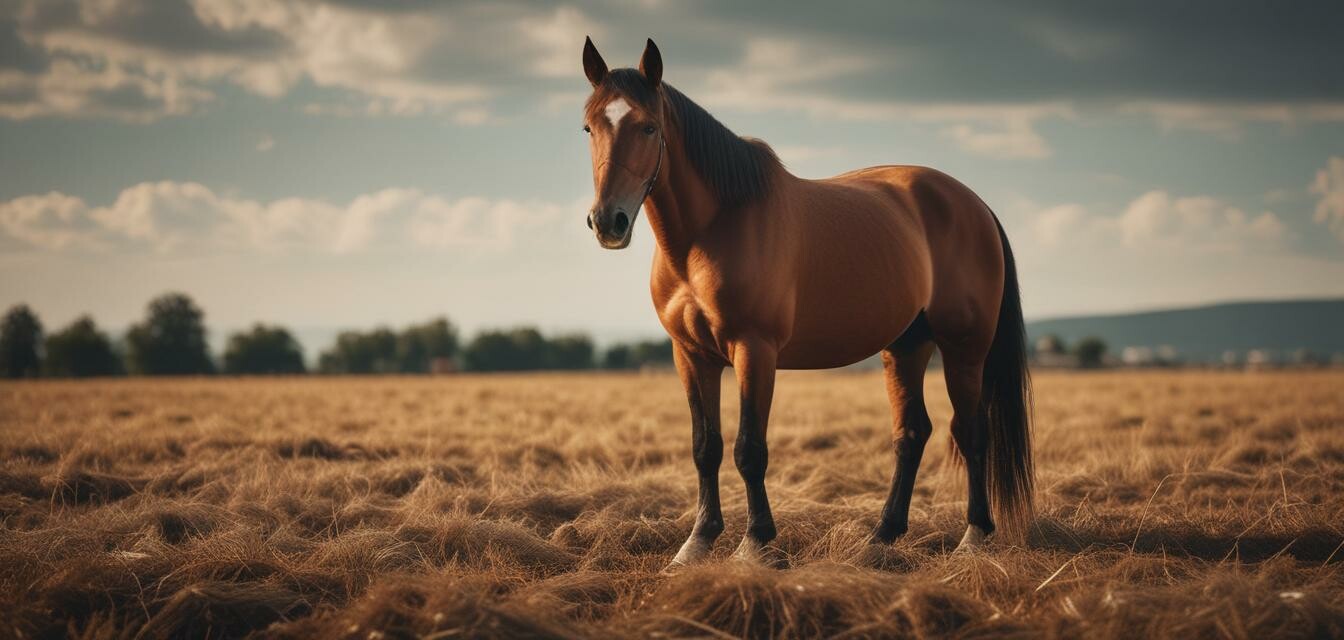
Advanced Horseback Riding Techniques
Welcome to our in-depth exploration of advanced horseback riding techniques. Whether you're looking to refine your skills, master different riding styles, or enhance your overall performance, this guide is tailored for experienced riders. Not only will we cover techniques, but we will also dive into various styles and how to adjust your riding to suit different situations.
Key Takeaways
- Focus on mastering the fundamentals before advancing.
- Explore various riding styles such as dressage, jumping, and western riding.
- Regular practice and patience are essential for improvement.
- Understanding horse behavior can lead to better communication.
- Conditioning your horse is as important as your own training.
Mastering the Fundamentals
Before diving into more advanced techniques, it's essential to have a solid grasp of the fundamentals of horseback riding. These include your posture, balance, and control over the horse. Here’s a table summarizing the key fundamentals:
| Fundamental Skill | Description |
|---|---|
| Posture | Maintain a straight line from your ear to your heel. |
| Balance | Position your weight evenly to stay centered on the horse. |
| Control | Utilize your reins and legs effectively to communicate with the horse. |
Exploring Different Riding Styles
Advanced riders often explore different styles to enhance their versatility. Each style has its unique techniques and benefits.
- Dressage: Focus on precise movements and patterns, enhancing both horse and rider's agility.
- Jumping: Develop techniques for various types of jumps, improving both confidence and safety.
- Western Riding: Emphasizes control, comfort, and efficiency—perfect for ranch work.
Dive Into Dressage Techniques
Dressage requires mastery over subtle cues and precise movements. Here are some techniques to improve your dressage riding:
- Practice transitions between gaits to improve responsiveness.
- Work on lateral movements such as shoulder-in and haunches-out.
- Utilize circles and figures to enhance suppleness.

Jumping Techniques for Higher Performance
Jumping is both an art and a science. Here are essential jumping techniques:
- Two-Point Position: Elevate the body by lowering heel and moving the hip back.
- Finding Distance: Learn to judge the distance to jumps accurately.
- Landing Techniques: Practice proper form upon landing to maintain control.
Understanding the Western Riding Style
Western riding is rooted in ranch work but offers techniques that can be appealing for various disciplines. Here are a few highlights:
| Technique | Description |
|---|---|
| Backing Up | Teach your horse to move back with soft cues. |
| Spinning | Enhance your horse's agility by practicing spins on command. |
| Sidepassing | Improve lateral movement for more effective handling. |

Improving Your Horse's Conditioning
Your horse’s physical condition significantly impacts your riding performance. Here are ways to enhance your horse's conditioning:
- Regular grooming promotes better circulation and bond.
- Incorporate stretching exercises in your riding sessions.
- Vary your riding routines to strengthen different muscle groups.
Understanding Horse Behavior
A deep understanding of horse behavior can lead to improved communication and performance in riding. Here are some key points:
Tips for Understanding Horse Behavior
- Spend time observing your horse’s body language.
- Recognize signs of stress or discomfort.
- Use positive reinforcement to encourage desired behaviors.
Practical Exercises for Improvement
Here are some practical exercises that can help improve both rider and horse performance:
- Groundwork: Building trust and respect before riding.
- Trail Riding: Encourages adaptability and problem-solving.
- Team Penning: Enhances communication between horse and rider.

Conclusion
Advanced horseback riding techniques require dedication and a willingness to learn. By mastering various styles, understanding your horse better, and conditioning both yourself and your horse, you will undoubtedly improve your overall riding performance. Remember to always practice patiently and consistently, as every rider's journey is unique.
Pros
- Improves rider confidence and skill level.
- Enhances bond between horse and rider.
- Diverse techniques promote versatility.
Cons
- Advanced techniques may require more time and practice.
- Can be physically demanding for both rider and horse.
Further Learning Resources
For those looking to dive deeper into horseback riding techniques, explore our Equestrian Gear or check out our Riding Apparel section for the right gear to support your training.









